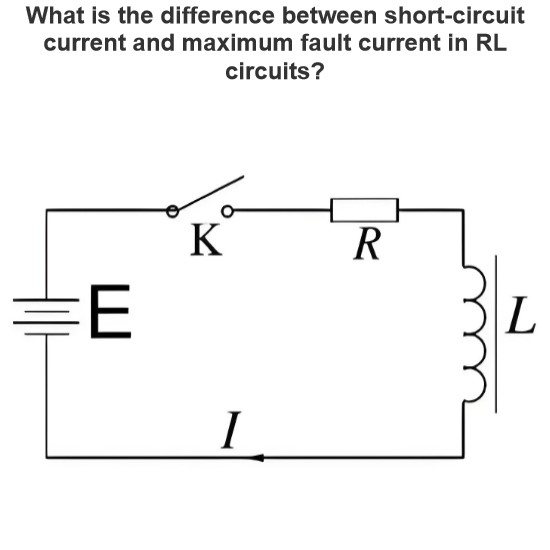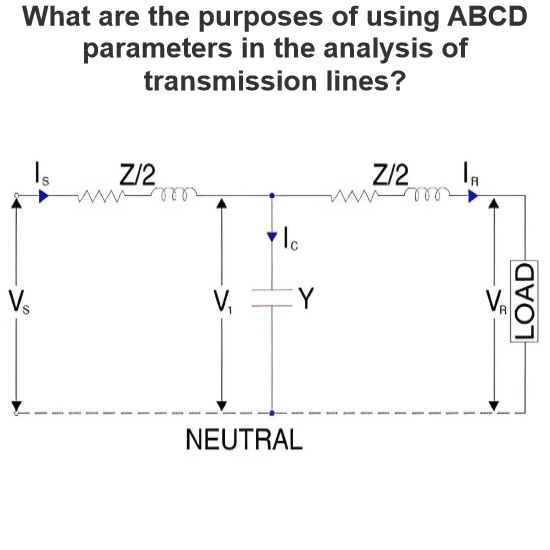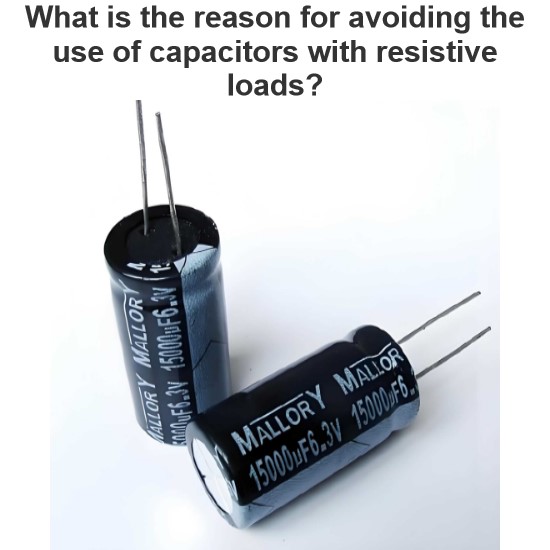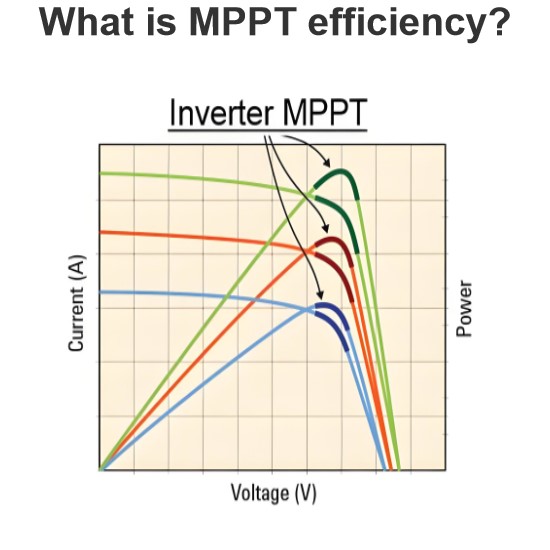What causes the temperature of a resistor to increase when it is connected to an electric circuit?
Reasons for Temperature Increase in Resistors When Connected to a Circuit
When a resistor is connected to a circuit, its temperature increases primarily due to the conversion of electrical energy into thermal energy. Here is a detailed explanation:
1. Power Dissipation
The main function of a resistor in a circuit is to dissipate electrical energy as heat. According to Ohm's Law and Joule's Law, the power dissipation P in a resistor can be expressed as:

where:
P is the power dissipation (in watts, W)
I is the current through the resistor (in amperes, A)
V is the voltage across the resistor (in volts, V)
R is the resistance value of the resistor (in ohms, Ω)
2. Heat Generation
The electrical energy consumed by the resistor is entirely converted into thermal energy, which causes the temperature of the resistor to rise. The rate of heat generation is directly proportional to the power dissipation. If the power dissipation is high, more heat is generated, and the temperature increase will be more significant.
3. Heat Dissipation
The temperature of the resistor is influenced not only by the heat generated but also by its ability to dissipate that heat. Heat dissipation is affected by the following factors:
Material: Different materials have different thermal conductivities. Materials with high thermal conductivity can transfer heat away more quickly, helping to reduce the resistor's temperature.
Surface Area: A larger surface area of the resistor improves heat dissipation. For example, larger resistors generally have better heat dissipation properties.
Environmental Conditions: Ambient temperature, airflow, and thermal conduction from surrounding objects all affect heat dissipation. Good ventilation conditions can enhance heat dissipation and lower the resistor's temperature.
4. Load Conditions
The temperature of the resistor is also influenced by the load conditions in the circuit:
Current: The higher the current through the resistor, the greater the power dissipation and heat generation, leading to a larger temperature increase.
Voltage: The higher the voltage across the resistor, the greater the power dissipation and heat generation, leading to a larger temperature increase.
5. Time Factor
The temperature increase in a resistor is a dynamic process. Over time, the temperature will gradually rise until it reaches a steady state. In this steady state, the heat generated by the resistor equals the heat dissipated to the environment.
6. Temperature Coefficient
The resistance value of a resistor can change with temperature, known as the temperature coefficient. For some resistors, an increase in temperature can lead to an increase in resistance, which in turn increases power dissipation, creating a positive feedback effect and causing the temperature to continue rising.
Summary
When a resistor is connected to a circuit, its temperature increases mainly due to the conversion of electrical energy into thermal energy. Specifically, power dissipation, heat generation, heat dissipation, load conditions, time, and temperature coefficient all play a role in determining the final temperature of the resistor. To ensure the safety and reliability of the resistor, it is important to select a resistor with an appropriate power rating and to implement effective heat dissipation measures.
The Electricity Encyclopedia is dedicated to accelerating the dissemination and application of electricity knowledge and adding impetus to the development and innovation of the electricity industry.




